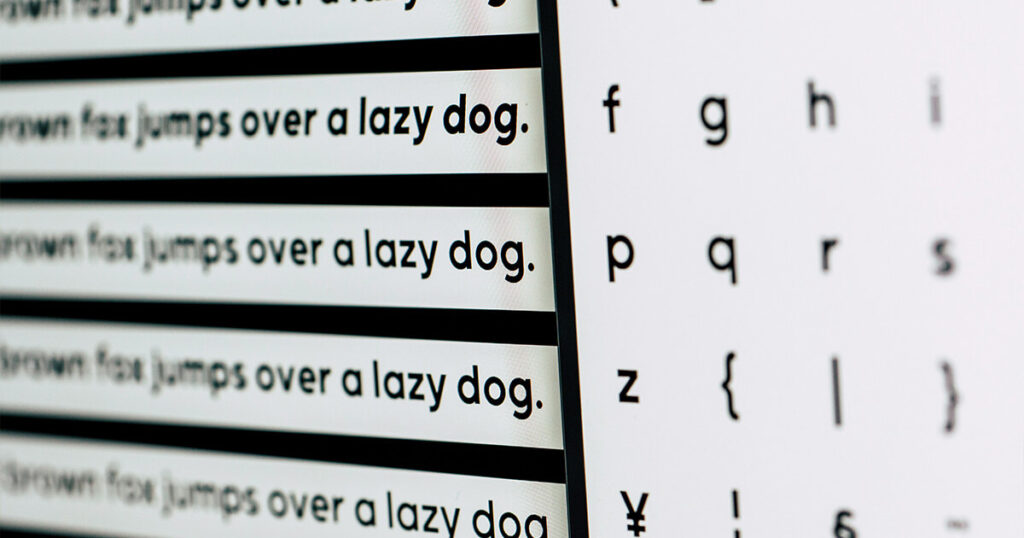
Transformational typography represents the beginning of a new stepped design and digital culture. Change is reflected through the introduction of the sans-serif fonts, whereas the serif fonts are the most basic ones, just like the classic serif font.
Letters with little protruding details are known as serif fonts, which are influenced by the ancient Roman statues and the little marks that are used on the Greek language. These kinds of fonts were used to make to announcements and permanent writings on stone materials easier to read. The introduction of the printing press in the 15th century led to the mention of serif fonts like Garamond and Times New Roman, which were regularly used in books and newspapers as they were considered stylish and easy to read. Serif fonts that were characteristic of a formal style and a well-organized approach were most commonly found in official printed documents.
19th century modernist designers pushed the envelop of traditional design, the introduction of sans-serif fonts came back in the same period. The Industrial Revolution, along with modernist movements such as Bauhaus, got the design world to a point of looking for experimental and functional typographic styles. The sans-serif typefaces, which have no emblematic decorative strokes, were thus allying with just these two properties. The fact that they were commonly used in advertising and poster design—a medium that got wider exposure was also an asset. It was not a wonder that being light-weight and user-friendly they drew more supporters.
A decisive factor that paved the way for the elevation of the programmatic sans-serif is the digital age. Initially, the screens of computers emitted poor-resolution images that made the sans-serif fonts more recognizable on the display. As digital technology matured and earned more influence, sans-serif fonts had a huge run in the internet world, in applications, and in user interfaces. Also, the aesthetic of a clean line that has been in circulation in digital and print media for a long period found its place through both media, as there was a demand for high clarity at diverse dimensions.
Along with that, sans-serif fonts sustainably occupied their place in online web designs and user interfaces. The fact that they are universal, transparent, and readable on different platforms has made them an essential part of digital communication that comes before everything else. With them, the design trend of the minimalist was reinforced, which led to a vision of function and form as two sides of the same activity.
Although typography has transcended epochs, it is still vivid, and with both serif and sans serif fonts playing their parts. Serif types translate the tradition into their design and are hence representative of the style. In contrast, sans-serifs stand for modern, uncluttered design as well as efficiency. Differentiating between the serif and by the sans-serif fonts is similar to the process of repatterning the space of design, as it is through these changes that we move to simplicity and user-friendliness in digital and print communication. Each typographic design goes hand in hand with others and thus plays its part in the multifaceted realm of design today.